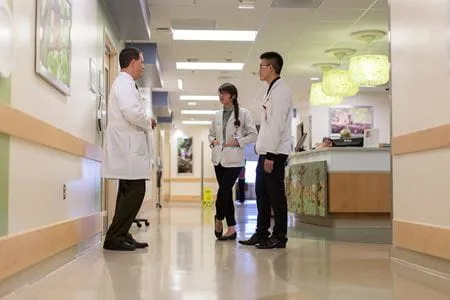Fourth-Year Medical Students,
The Planning, Assessment, and Evaluation team, a department in Medical Student Education, is putting on a pilot for a new objective structured clinical exam (OSCE). This opportunity serves as a good practice for your clinical reasoning skills and as prep for Step 2 CS and your upcoming End-of-Phase-Two (formerly known as End-of-Third-Year) OSCE. Before we put new OSCE cases in our test bank, we always pilot them to ensure they are appropriate. We need volunteers for this pilot. The pilot session will consist of two full H&P encounters Thursday, October 4, between 11:30 am – 4 pm. You will receive verbal feedback from the standardized patients and after both of your encounters are complete, we will conduct a debriefing to get your thoughts on each case and provide you feedback on your diagnostic and clinical reasoning skills.
The pilot is scheduled for Thursday, October 4, from 11:30 am – 4 pm at the Simulation Center in Indianapolis. If you are interested and available, please email Brandy Herriott, PsyD at bherriot@iu.edu.
